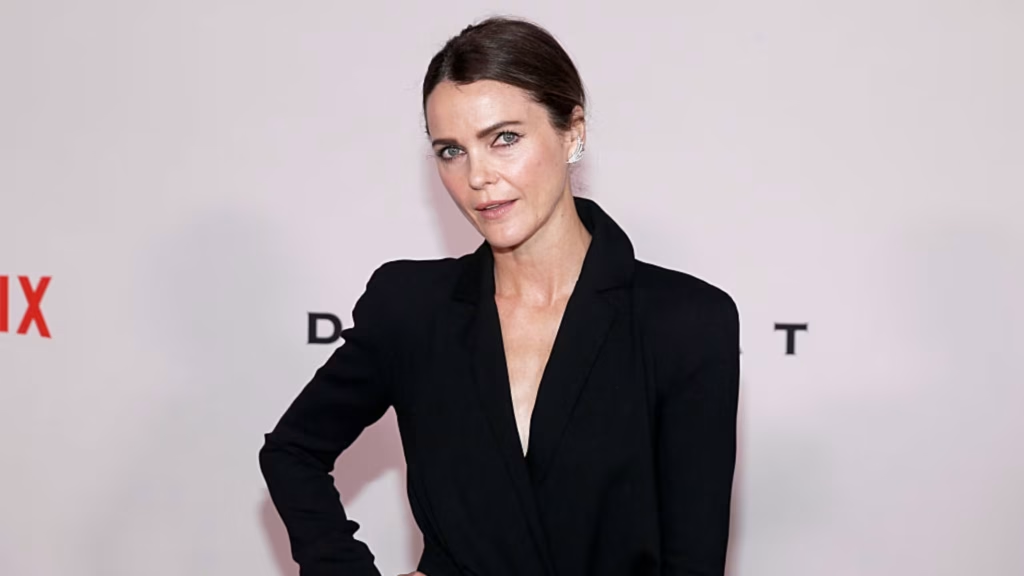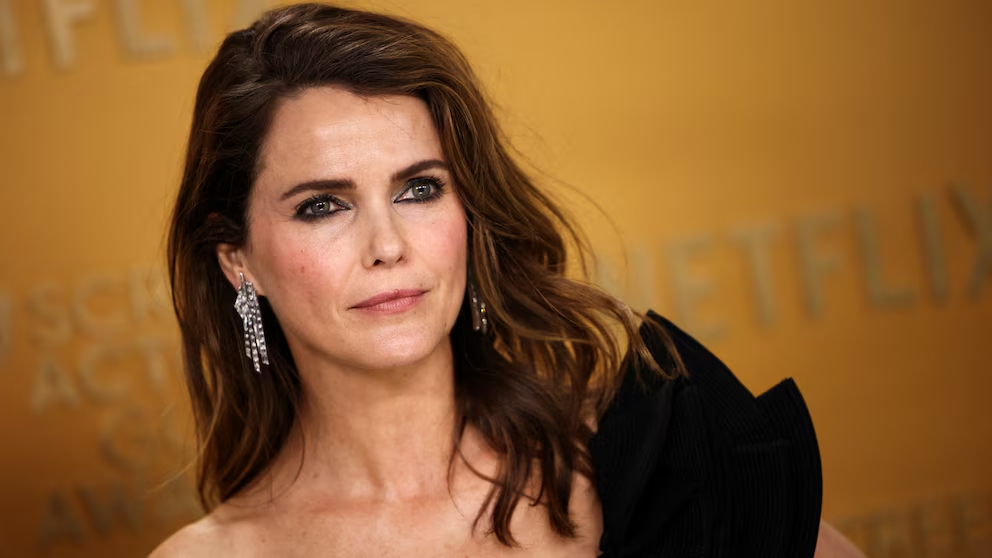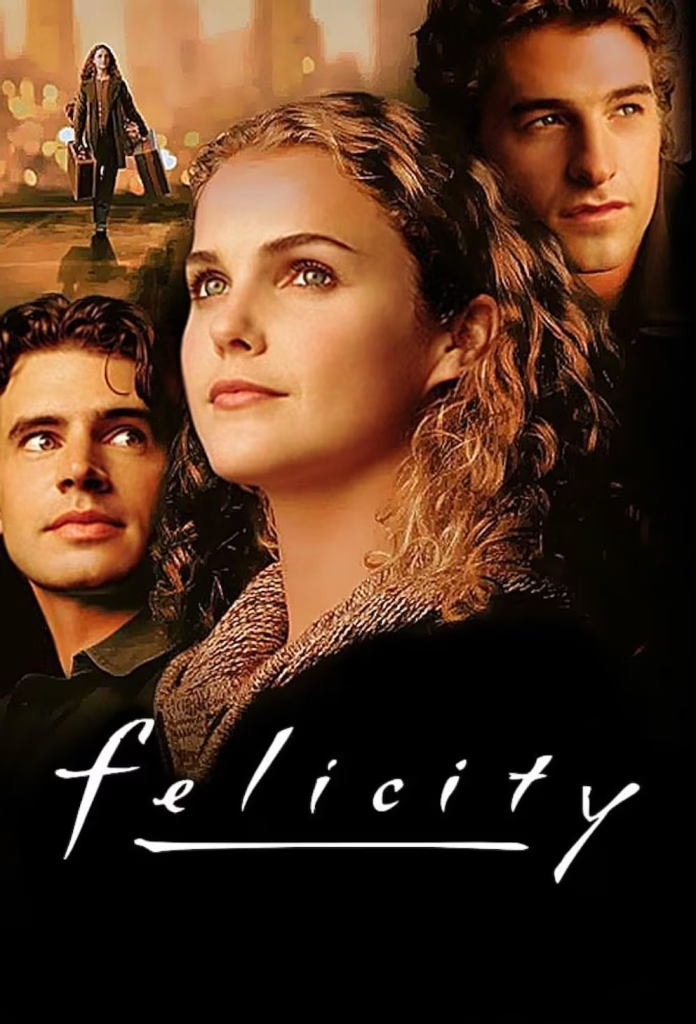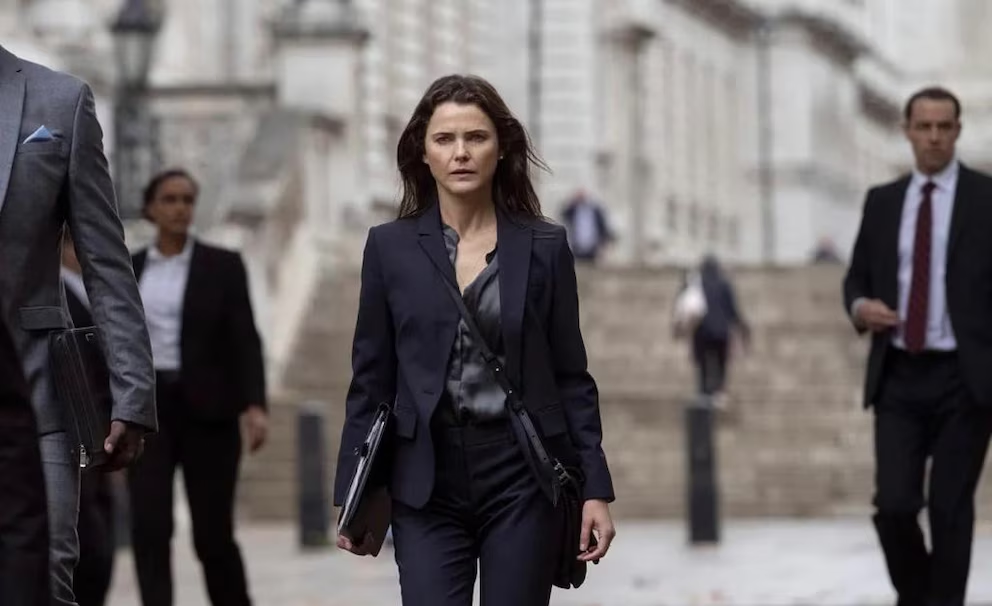In an industry built on illusion, telling the truth about beauty can sound like rebellion.
Los Angeles, October 2025.
Keri Russell has never been one to shout. Yet, in a city where silence often masquerades as grace, her calm has become a form of resistance. The actress who once embodied television’s golden youth in Felicity has resurfaced as one of the few voices in Hollywood willing to confront the tyranny of artificial perfection.
In a recent conversation during the Hollywood Women in Film Forum, Russell addressed what she called “the visual fatigue of flawlessness,” lamenting that natural appearance has become the exception rather than the norm. “Being natural,” she said, “is the strangest thing now. It should be the easiest.” The statement resonated precisely because it came from someone who had once represented that impossible standard herself.

Behind her words lies a deeper cultural fatigue. Over the past decade, the film industry has blurred the line between aesthetic technology and identity. Filters, injectables, and post-production retouching have transformed not only actors’ faces but the collective expectation of what is normal. The American Academy of Dermatology reports that cosmetic interventions among women under 35 have increased by more than 40 percent since 2018. In Hollywood, the figure is believed to be far higher, though rarely acknowledged publicly.
Russell’s critique goes beyond appearance; it touches on psychology. “You can feel the pressure,” she explained, “not from directors or producers but from comparison itself. It’s a constant audition for youth.” Her comment lands in an era when the entertainment economy depends as much on algorithms as on artistry. Streaming platforms now profile audiences by emotional resonance and facial recognition, making on-screen “relatability” a data-driven commodity.

Sociologists at the University of Southern California describe this dynamic as “algorithmic beauty,” a loop in which digital standards of perfection feed back into casting and marketing choices. For female performers over 40, the result is a narrowing of roles disguised as creative evolution. “Women disappear when they stop representing aspiration,” said an analyst from the Geena Davis Institute on Gender in Media, “and aspiration has been digitally edited.”
Russell’s position, however, is not nostalgic. She is not calling for a return to the aesthetic austerity of old Hollywood but for a balance between presence and projection. Her performance in the acclaimed series The Diplomat has been cited by critics as proof that emotional intelligence, not youth, drives longevity. “Viewers connect to vulnerability,” she noted, “and vulnerability has texture. You can’t CGI that.”
The conversation also reflects a generational shift. Younger actors like Florence Pugh and Zendaya have begun rejecting excessive photo editing, choosing raw imagery on social media as a gesture of authenticity. Yet the pressure to conform persists, intensified by an industry that monetizes self-exposure. The OECD’s 2024 Digital Economy Reporteven identified the entertainment sector as a leading vector of “aesthetic inflation,” where constant image optimization fuels consumer anxiety and plastic-surgery demand worldwide.
In Europe, cultural critics have taken note of Russell’s remarks. French magazine Cahiers du Cinéma described her as “a conscience in slow motion,” pointing out that her stance challenges Hollywood’s export of perfection as a global ideal. Meanwhile, British and Japanese commentators link her message to the resurgence of minimalist aesthetics—what design theorists call authentic imperfection—visible in fashion and visual arts across London, Tokyo, and Copenhagen.

But authenticity has its costs. Casting directors often admit privately that visual uniformity sells better. As one executive from a major streaming service told Variety, “Real faces read as flaws on 4K.” The technical precision of ultra-high-definition cinematography magnifies every wrinkle, transforming truth itself into a perceived defect. In that environment, choosing to age naturally becomes both a personal decision and a political statement.
Russell’s quiet defiance stands out precisely because it avoids grand gestures. She neither condemns her peers nor moralizes about vanity. Instead, she reframes beauty as continuity—a reflection of lived experience rather than its denial. “If every story is about transformation,” she said, “maybe we should stop pretending that the body is exempt from it.”
Her words echo beyond Hollywood. Psychologists from the World Health Organization’s Mental Well-Being Division warn that visual self-modification has become one of the most pervasive mental-health triggers among young women worldwide. The normalization of perfection erodes empathy, replacing shared insecurity with silent competition.
The backlash against curated imagery is already visible. Independent filmmakers from Latin America and Scandinavia are experimenting with analog textures, refusing digital correction as a political aesthetic. In Cannes and Berlin, festival juries have begun to reward realism as a form of artistic courage. The pendulum, perhaps, is beginning to swing back.

For Russell, authenticity is less manifesto than survival strategy. Having navigated Hollywood’s cycles of idealization, she speaks from a place of experience rather than ideology. Her calm insistence that imperfection is natural may not change the industry overnight, but it articulates a truth that the algorithms cannot monetize: sincerity still reads on screen.
In an era where even authenticity can be curated, her simplicity feels radical. The actress who once defined an era of fictional adolescence now stands as its antidote—proof that beauty, like storytelling, endures when it remembers to breathe.
The visible and the hidden, in context. / Lo visible y lo oculto, en contexto.

